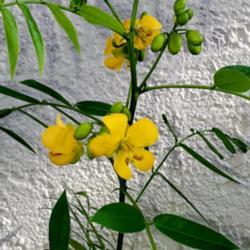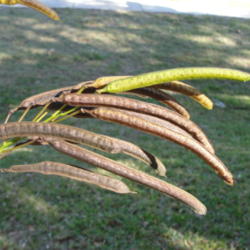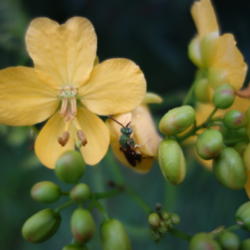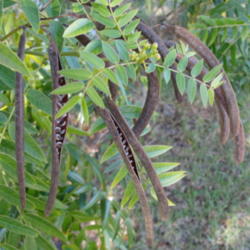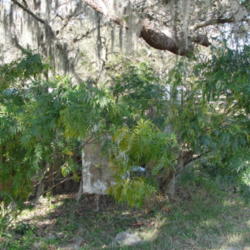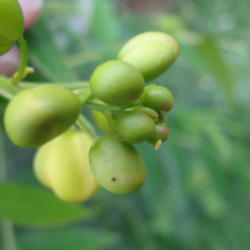Posted by
mellielong (Lutz, Florida - Zone 9b) on Dec 24, 2013 4:45 PM concerning plant:
I bought this plant from the Florida Native Plant Society several years ago. One plant has now spread and become several. Occasionally, I pull up a seedling that strays too far into another plant's territory, but this plant really isn't too bad about popping up where you don't want it, despite the numerous seeds it produces. Mine is planted in the shade under an oak tree but gets plenty of morning sun. The site also tends to be dry because our sprinklers don't quite hit that area so it does well surviving on its own, once established.
I planted this because I raise butterflies and this is a host for several Sulphur caterpillars. An interesting note, the Cloudless Sulphur caterpillar is usually predominantly green. However, when the sennas (or cassias, they eat both) are in bloom, they eat the flowers almost exclusively, and as a result, they turn yellow! They blend in with the flower to such a degree that it's nearly impossible to see them unless you have a really trained eye or they happen to move.
There are several cassias that are considered invasive in Florida; this native plant is an excellent alternative that I believe you should pursue instead. It has proven to be a regular draw for the Sulphur butterflies. Also, once I got it established, it bloomed far longer than other cassias I've seen. It's biggest flush is in the fall, but I've had it go right through winter with blooms still on it. The only bad thing I can say about it is that sometimes the seed pods get so heavy that the plant droops a bit, but you can always solve that by cutting off the seed pods. All in all, I would highly recommend this plant to anyone who is interested in butterfly gardening or who wants to introduce more native plants to their landscape.
